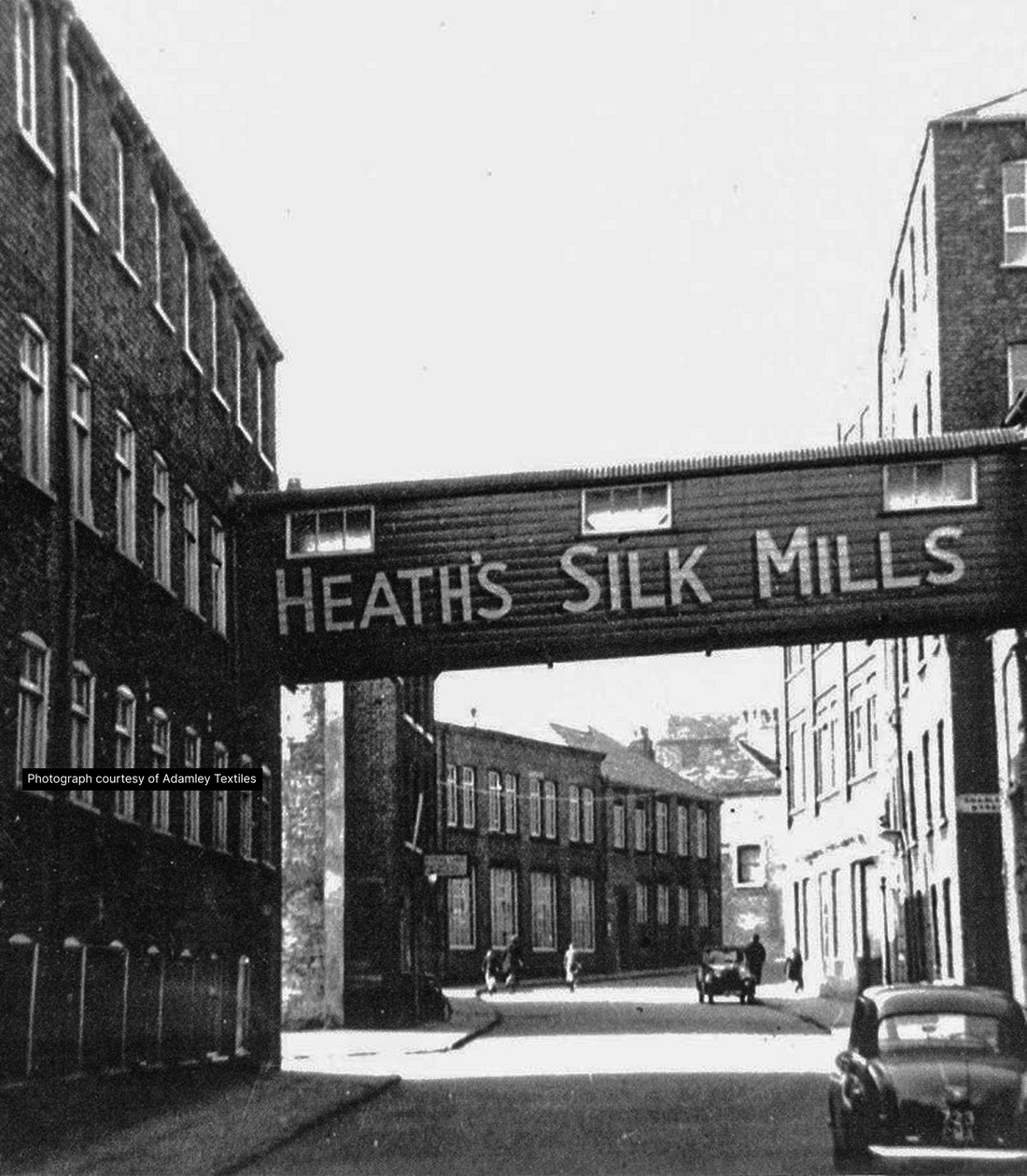Centuries of British craftsmanship in each silk square

In the gentle folds of a bespoke luxury silk scarf lies centuries of British craftsmanship
When you wear a British-crafted silk scarf today, you're not simply draped in luxurious fabric but wrapped in layers of history, artistic tradition, and meticulous craftsmanship. The weight of centuries of expertise sits lightly on your shoulders, a testament to the enduring legacy of British silk excellence that continues to set the standard for luxury accessories worldwide.
The story begins in the 1700s, when Huguenot weavers fleeing religious persecution in France arrived in Spitalfields, London, bringing with them unparalleled silk-weaving expertise. This pivotal moment marked the beginning of Britain's distinguished silk heritage.
The golden age of British silk
By the early 19th century, Macclesfield in Cheshire had emerged as the epicentre of British silk production. The town's prosperity was woven into the very fabric of silk manufacturing, with over 70 silk mills operating at its peak. These mills weren't simply places of production, they were centres of innovation that transformed markets and industries for generations to come. Macclesfield became a vital and transformative hub where traditional techniques merged with industrial ingenuity.
What set British silk apart was an unwavering commitment to quality. While mass production began to dominate global textile industries, many British workshops maintained handweaving traditions, preserving techniques that would otherwise have been lost to time. This dedication to craftsmanship established Britain as a source of premium silk accessories sought by discerning clients worldwide.
The art of the scarf
The silk scarf transformed from a practical accessory to an artistic statement during the early 20th century. British designers began experimenting with elaborate patterns and printing techniques, making each scarf a canvas for creative expression. The much-loved iconic brand, Liberty of London, founded in 1875, became particularly renowned for its distinctive prints that captured the artistic movements of their time.
These weren't just commercial products but artistic heirlooms, with designers often signing their work. The relationship between British artists and silk manufacturers created a unique design language that balanced innovation with traditional motifs - a dialogue between past and present that continues today.
From heritage to contemporary luxury
Today's luxury silk scarves aren't mere echoes of the past but living extensions of this remarkable heritage. Modern British scarf makers honour traditional processes while embracing contemporary design sensibilities. The exquisite detail of a hand-rolled hem is a hallmark of exceptional quality, superior skill and dedicated craftsmanship. The hand-rolled hem holds this position as much today as it did two centuries ago as it requires the same dedicated and patient expertise from skilled artisans today as it did then.
What distinguishes the Jade Meridian contemporary scarf design is this connection to historical methods. We work with Britain's leading silk house, specialists in time-honoured techniques for their hand-rolled hems, as well as their precision in colour matching, print techniques and hand finishing. While technology has evolved, the fundamental approach to creating a piece that will last generations remains unchanged. This is a foundational value that the Jade Meridian brand is built upon.
The value of slow craft
In our fast-fashion world, the deliberate pace of traditional scarf-making represents a quiet revolution. We work with Britain's leading silk house, Adamley Textiles in Macclesfield in creating silk scarves of unparalleled, timeless and experiential beauty. Each step, from selecting the finest silk to the final hand-finishing embodies the principle that genuine luxury cannot be rushed and delivers the true luxury of experience in wearing an item steeped in priceless heritage, quality and design. Our scarves are not only beautiful and enduring, they are experiential.

